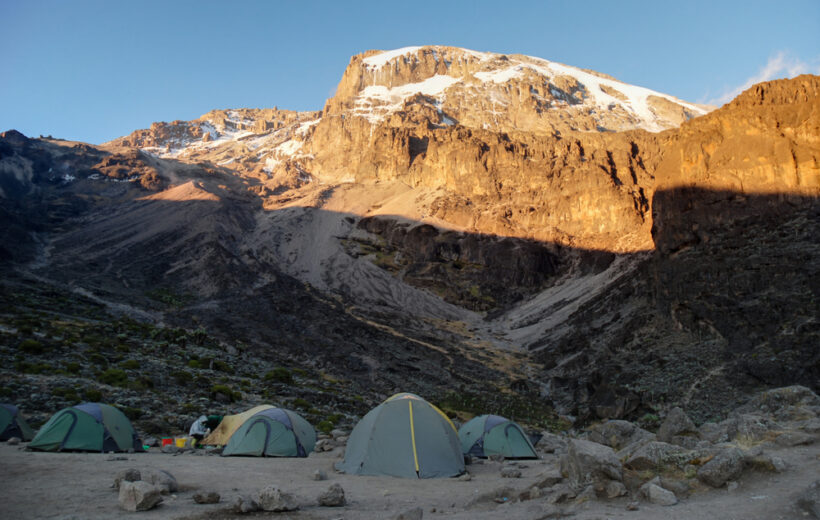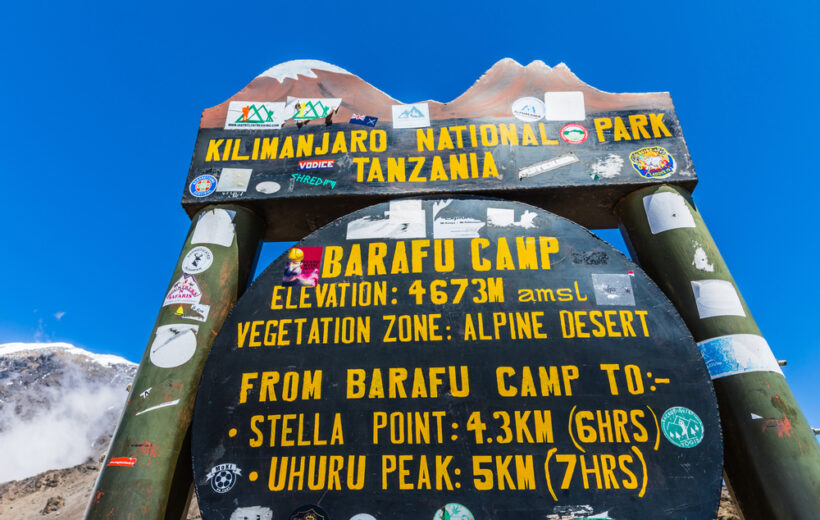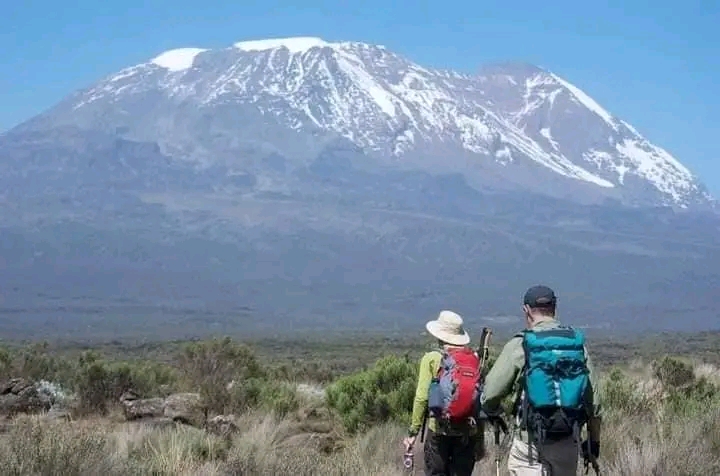Overview
Located in Tanzania, Kilimanjaro National Park is a protected sanctuary that spans over 1,688 square kilometers. This park is the dwelling of Mount Kilimanjaro, Africa’s highest peak, and the world’s tallest independent mountain. The establishment of the park took place in 1973, and it earned the status of a UNESCO World Heritage Site in 1987. Known for its diverse species, breathtaking scenery, and varied ecosystems, the park is a haven for nature lovers.
The park boasts an array of wildlife including elephants, buffaloes, leopards, and hyenas, alongside primate species like the black-and-white colobus monkey, the blue monkey, and the olive baboon. Over 180 bird species have been identified in the park, making it a prime spot for bird enthusiasts.
Ecological zones distinctively split the park, each hosting its own unique flora, fauna, and landscapes. The mountain’s lower slopes are cloaked with verdant forests, while the middle terrain is engulfed in heath and moorland. The upper reaches present a stark contrast with a rocky and almost barren landscape. Streams and rivers flow down from the mountain, serving as a crucial water source for both wildlife and neighboring human settlements.







